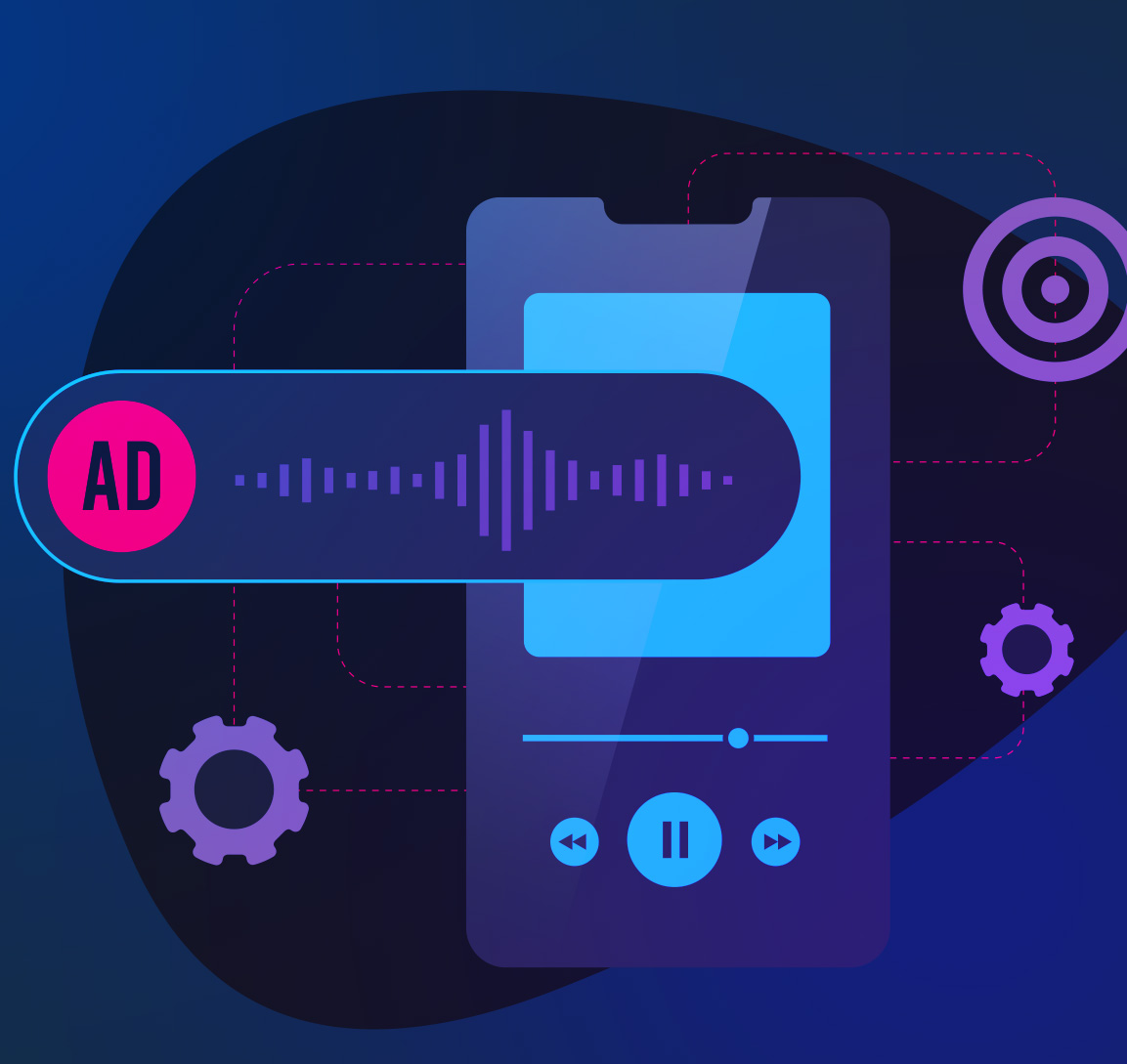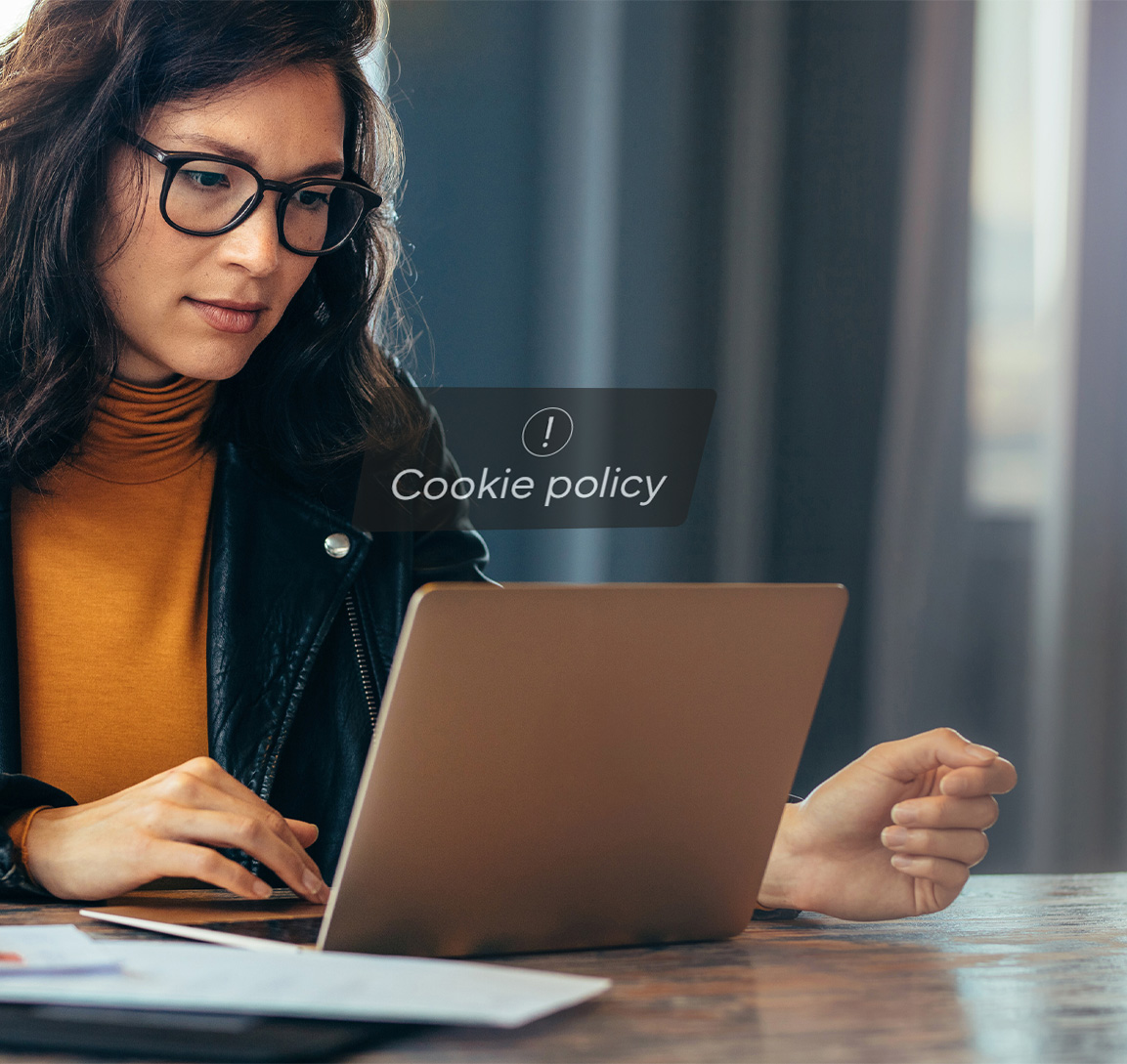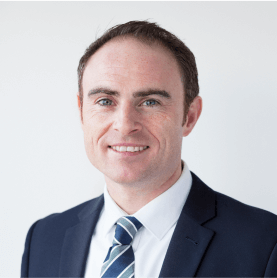Hilary Ross Shafer and Bart Roselli offer insight into what makes planning ahead a low-risk, high-reward media strategy for clients looking to increase efficiency and take a holistic approach to their podcast campaigns.
Summary:
- When it comes to podcast media planning, the sooner the better.
- You can benefit from increased campaign efficiency and more control over your brand’s narrative and growth trajectory.
- Flexible terms make for a low-risk, high-reward media strategy.
Harness an evolving landscape’s potential for growth.
Let’s cut to the chase: if you’re looking to advertise on podcasts in the most effective and efficient way possible, Hilary Ross Shafer offers these words of advice: “There’s no perfect time to start Upfront conversations, but the sooner we can start those conversations, the better.”
As the VP of Podcast and Influencer Media at Veritone One, Shafer is a veteran of the medium. She recommends that our clients and potential clients get ahead of the curve when it comes to media planning, even if only at a general level. Then, clients can always build upon their plan throughout the year. “We’re always looking to optimize, adjust, and improve our podcast media buys. Knowing that we have set a strong foundation during the upfronts allows us to be in an active planning cycle throughout the full year, and remain a bit more intentional about reviewing incremental opportunities and new show launches that arise throughout the year.”
And in a medium as robust as podcasting, the opportunities that arise are varied and plentiful.
“The podcast channel in and of itself has uncapped potential,” explains Bart Roselli, SVP of Growth at Veritone One. Continued growth in listenership means more potential for expanded reach compared to traditional channels such as TV, radio, or print. You might buy ad space on a new podcast, for example, and see it grow to ten times its size by the end of the year. “It’s like buying an undervalued stock primed for growth,” he notes; as with all burgeoning markets, early adopters stand to gain the most.
Benefit from continued channel resiliency.
Both Shafer and Roselli caveat that, much like any advertising channel, Podcast has felt the impact of current market conditions. “We’ve never had a splash of cold water like we’ve had this year,” notes Roselli.
What is remarkable about the medium, however, is the resiliency it’s demonstrated during turbulent times. As the macroeconomic climate continues to present many unknowns, podcasting has proven to be a very stable ecosystem when it comes to both supply and demand, consistently providing advantageous opportunities to advertisers.
While it would be easy to write it off as a riskier investment given its relative newness, the historical performance of podcast spend lends even a newer medium a sense of maturity. “If you don’t think of it as a traditional channel,” advises Roselli, “You need to start thinking about it that way.”
Drive campaign efficiency by pouncing on placements at lower prices.
A key benefit of early planning, Roselli stresses, is the efficiency it has proven to drive in podcast campaigns. Referencing historical client data, he calls the correlation between early planning and increased efficiency “indisputable… it’s not a rounding error. It is significant.”
In short: “This is the most important way you can impact your podcast and media portfolio, by planning in advance.”
More lead time means more control.
Planning ahead is not just about dollars and cents; it also provides intangibles that can take a campaign from good to great. For one thing, you get your pick of top current shows and forthcoming releases, rather than having to cobble together a plan that’s subject to availability. Our buyers can lock in the best weeks that work for a campaign and choose the best ad placement before the show gets too crowded and inventory disappears.
With a head start, Roselli explains, “You control the narrative and the ability to scale a campaign faster and more efficiently. And you have more control over how you can structure it… you get to determine the growth and path for that channel for the next 12 months.”
Having more lead time also allows your media planning team to explore placements beyond the standard issue, leading to more unique and impactful creative integrations. By leveraging Veritone One’s agency buying power and preferred partnership agreements, our media team is able to unlock all sorts of strategic opportunities for our clients, providing an advantage that is exceptionally critical during the upfront planning season.
And networks are all the more receptive to these conversations when you’ve established a history together. All things being equal, a long-standing partnership is more likely to yield increased consideration or more flexibility, allowing you to develop your plan under more favorable conditions.
The added lead time allows for more strategic and creative conversations to take place. When we are able to kickstart upfront planning conversations earlier, our media teams are able to engage in meaningful and highly collaborative conversations with network partners. This effectively gives all parties the opportunity to think holistically about the partnership and make data-driven decisions to grow and scale the campaign—and ultimately helps us determine which levers need to be pulled in the upcoming year to maximize efficiency and the overall likelihood of future growth and success. As Shafer puts it, “It takes us out of the spots-and-dots approach and allows us to think a little bit more macro about our client’s business at large.”
Last but not least: there is very limited risk.
There is no one-size-fits-all perfect time to plan and execute your buy, given each client’s budget planning and individual needs. “We understand that sometimes clients don’t have a crystal ball to predict what their business is going to look like next year,” Shafer allows.
Still, Roselli advises that, “In an ideal world, knowing that will vary by client or category… you’d want [planning to take place] by the end of Q3, start of Q4.” He adds that this will “save you anywhere from 5-20% in increased efficiency consistently, depending on your strategic planning tactics.”
Indeed, the most important thing we want all clients to keep in mind, but especially those who are wary of committing spend to a podcast before marketing calendars are drawn up or budgets are finalized: this is a flexible medium by nature, and our team can draw up terms to reflect that flexibility and mitigate the risk of upfront commitments that other channels can’t provide.
“We endeavor to build and negotiate lasting partnerships during Upfronts,” Shafer adds, “However, we have those flexibility points to ensure our campaigns stay successful and are able to be nimble when necessary. We can optimize a schedule, we can re-flight, we can re-forecast. We have all those protections in place… but if clients are hesitant to jump, they’re not going to reap any of the benefits.”
In closing, any client focused on growth will be looking at ways to control and monetize their marketing portfolio, all while amplifying upside and minimizing risk. Advertising on Podcast accomplishes all of these goals handily, with increased impact the earlier you broach your annual discussions.
Edited by Rubi Mora
You May Also Like
Meet the Author

Veritone One

Veritone One is a recognized leader in performance-based audio and creator-based video advertising, leveraging AI to achieve maximum scale and return on investment. Our expertise in media buying, planning, and creative development coupled with our patented technology platform, enables us to deliver advertising with unmatched effectiveness and in a way that’s Simple, Scalable, and Trackable.

Join Our Monthly Newsletter!
Get insights from the experts in AI-powered advertising for brands and creators





